The first time I took the new MacBook Pro M4 out of the box I was stunned. Yes, I knew our review unit came with a new nano-texture display option ($150), but I did not know it was going to work this well.
You see, I've been using a MacBook Pro M1 Pro since 2021, and the sun is essentially Kryptonite for this laptop. The display suffers from terrible glare when I'm working outside. Even when I'm commuting on the bus I have to turn the brightness all the way up sometimes to battle reflections.
The M4 MacBook Pro's nano-texture display is a game changer because it dramatically cuts down on glare while still delivering a stellar picture. And the viewing angles on this thing are ultra, ultra wide compared to my regular MacBook Pro. Here's why this is the best MacBook for me.
@tomsguide ♬ Chopin Nocturne No. 2 Piano Mono - moshimo sound designWhat is the nano-texture display?
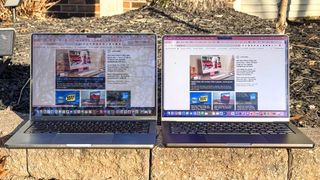
According to Apple, the nano-texture display is designed to reduce reflections and glare while maintaining "best-in-class" front-of-screen performance. And this is no ordinary matte display.
Apple introduced this technology back in 2019 with the Pro Display XDR, and the glass is etched at the nanometer level. The etching scatters incoming light while preserving contrast and color accuracy.
The new iMac M4 also has a nano-texture display option, but I'd argue this perk is much more valuable to have one of the best laptops.
How does it perform?
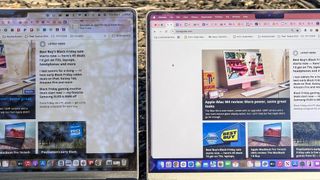
In a word, brilliantly. I took the MacBook Pro M4 outside in direct sunlight and compared it to the M1 MacBook Pro and it was no contest. I could easily see the trees reflecting off the older MacBook screen in the background, and there were no reflections at all on the MacBook Pro M4's nano-texture display panel.
It gets better. The nano-texture display enables much wider viewing angles, indoors and out. Under our studio lights I could make out the Tom's Guide website and a photo of flowers much easier from across the room on the new M4 MacBook Pro.
Swipe to scroll horizontally
| Row 0 - Cell 0 | Brightness | DCI-P3 color | Delta-E (Accuracy) |
| MacBook Pro M4 | SDR: 556 nits / HDR: 1,527 nits | 80.2% | 0.19 |
| MacBook Pro M3 | SDR: 559 nits / HDR: 1,588 nits | 79.1% | 0.29 |
| Dell XPS 13 (Snapdragon X Elite) | SDR: 455 nits | 66.9% | 0.21 |
| Dell XPS 13 (Intel Lunar Lake, OLED) | SDR: 377 nits / HDR: 513 nits | 144.6% | 0.28 |
| Asus ProArt PX13 (AMD Ryzen) | SDR: 350 nits | 80.1% | 0.22 |
So what about our test results? The M4 MacBook Pro delivered excellent brightness that beats its closest Windows competitors, especially when it comes to HDR content. And we saw only a very modest drop-off from the M3 MacBook Pro to the M4 model on this test.
The M4 MacBook Pro's nano-texture display delivered about the same color performance on the DCI-P3 test and it's accuracy score of 0.19 on the Delta-E test (where 0 is perfect) was even better than the M3 MacBook Pro. Just don't expect the same color saturation that you'll find on an OLED laptop like the Dell XPS 13 with Lunar Lake.
Bottom line
If you're going to buy the MacBook Pro M4 I would strongly recommend that the you upgrade to the nano-texture display option. $150 isn't cheap, but I'd argue that having this display is even more important than having extra storage or more RAM. The visual experience is just that much better, at least in terms of how I work.
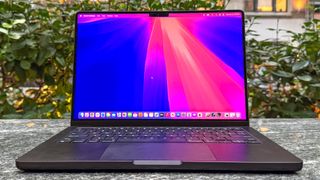
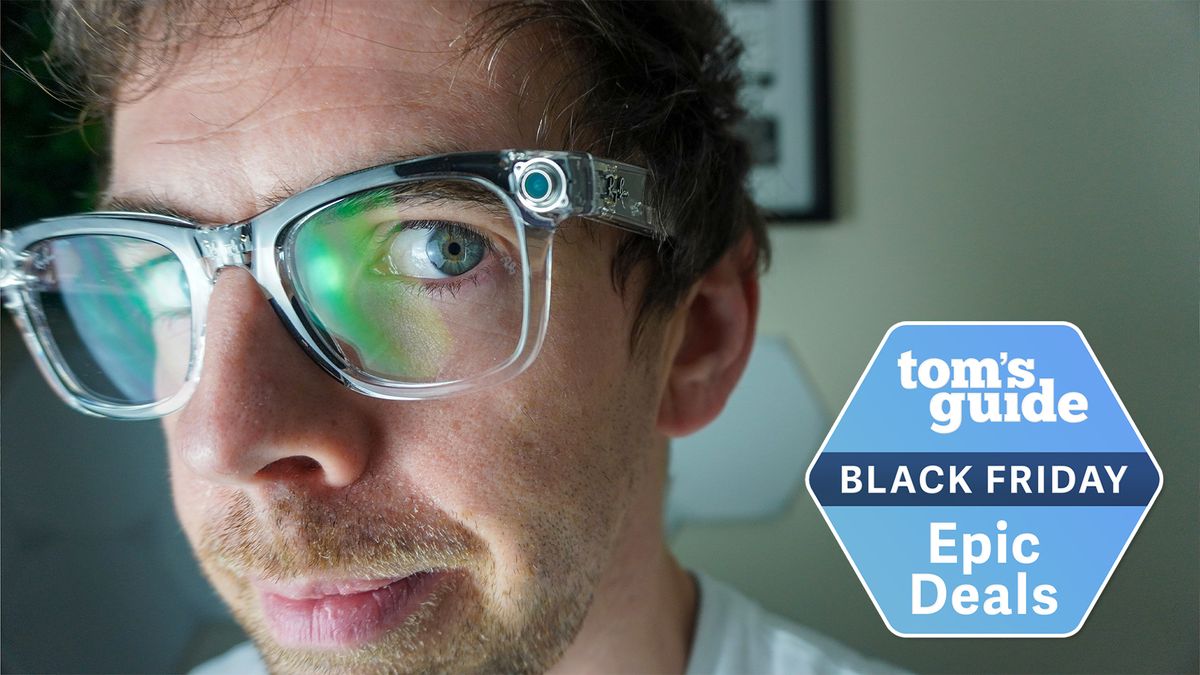
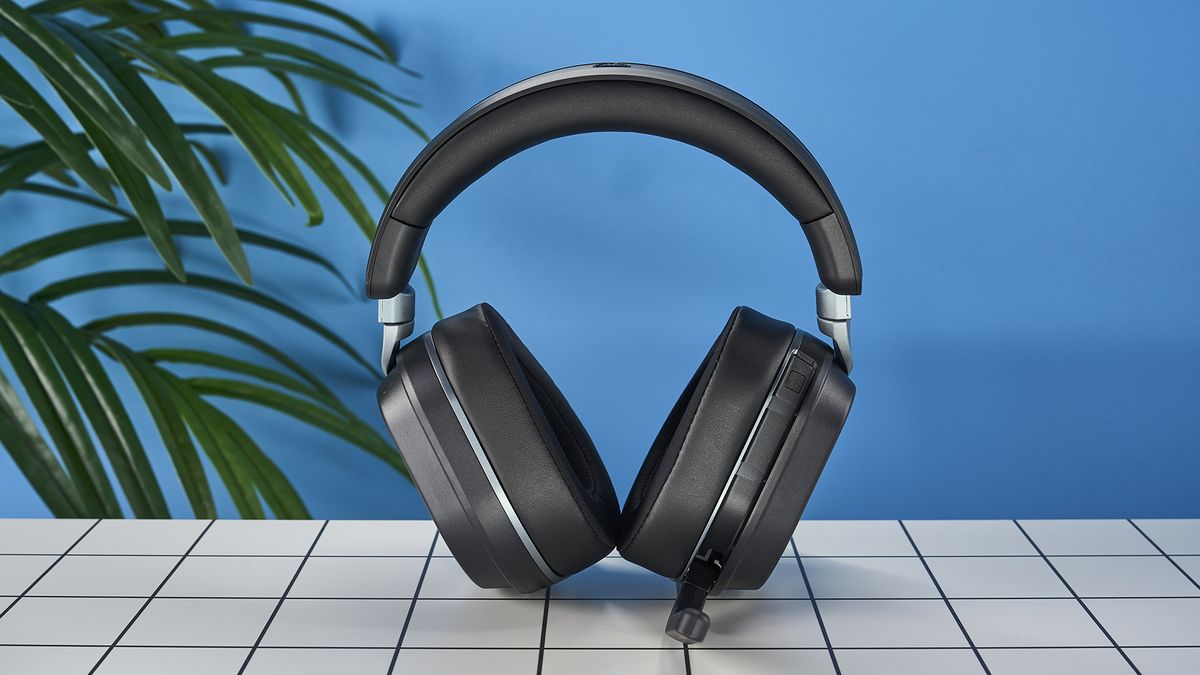

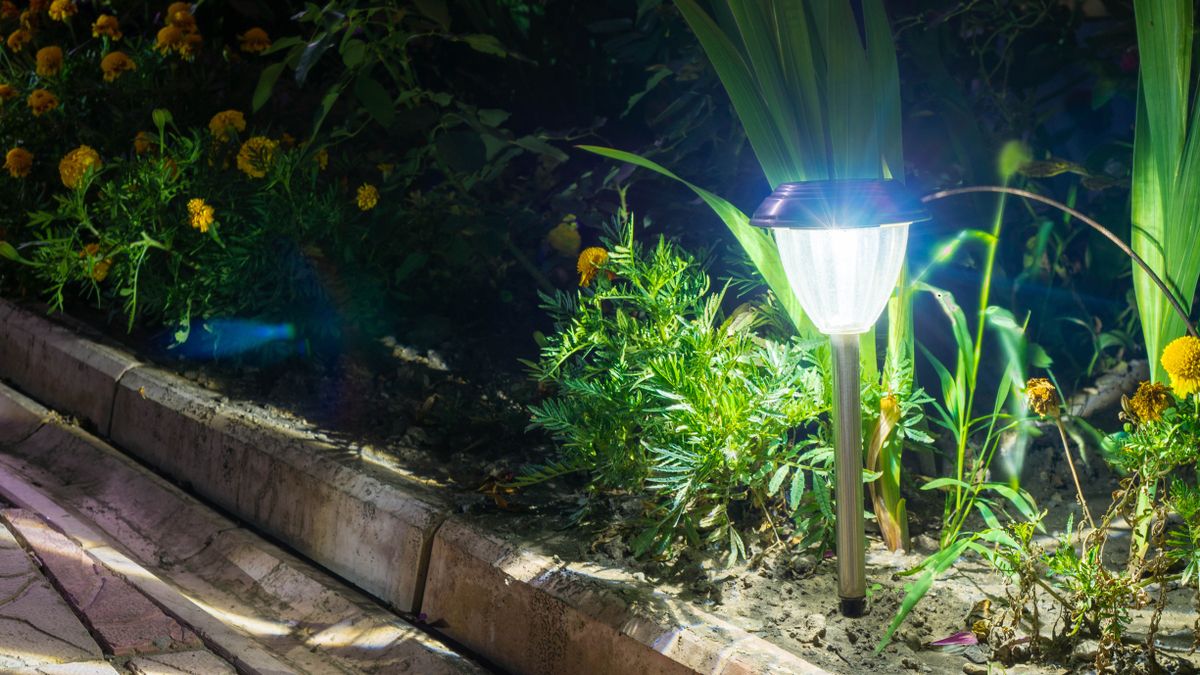


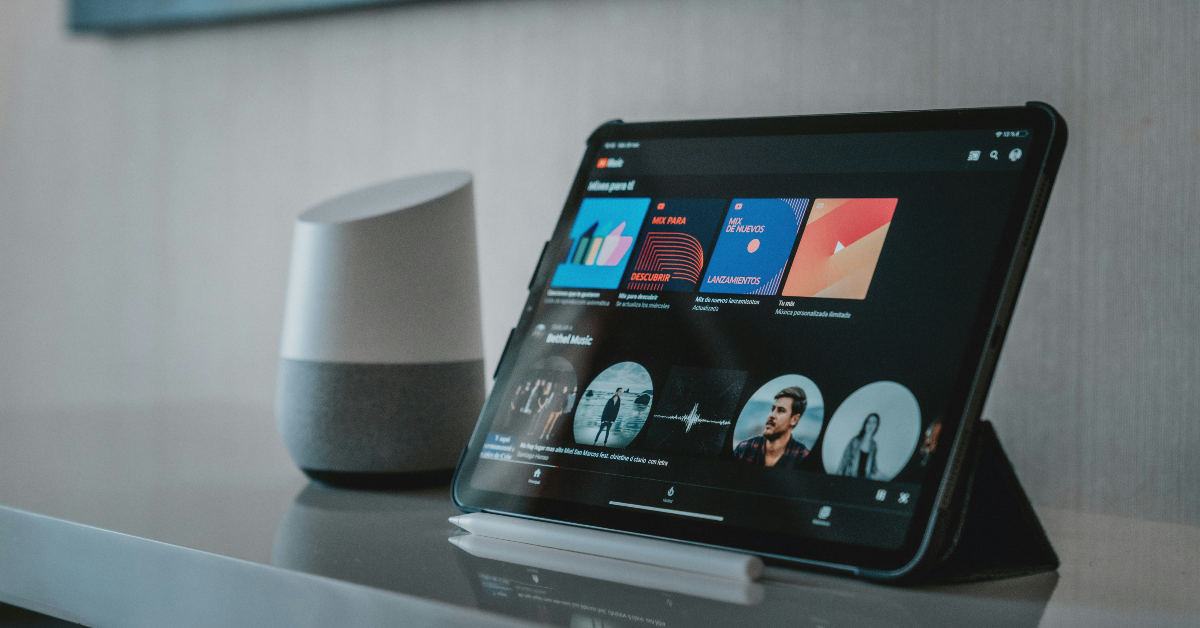

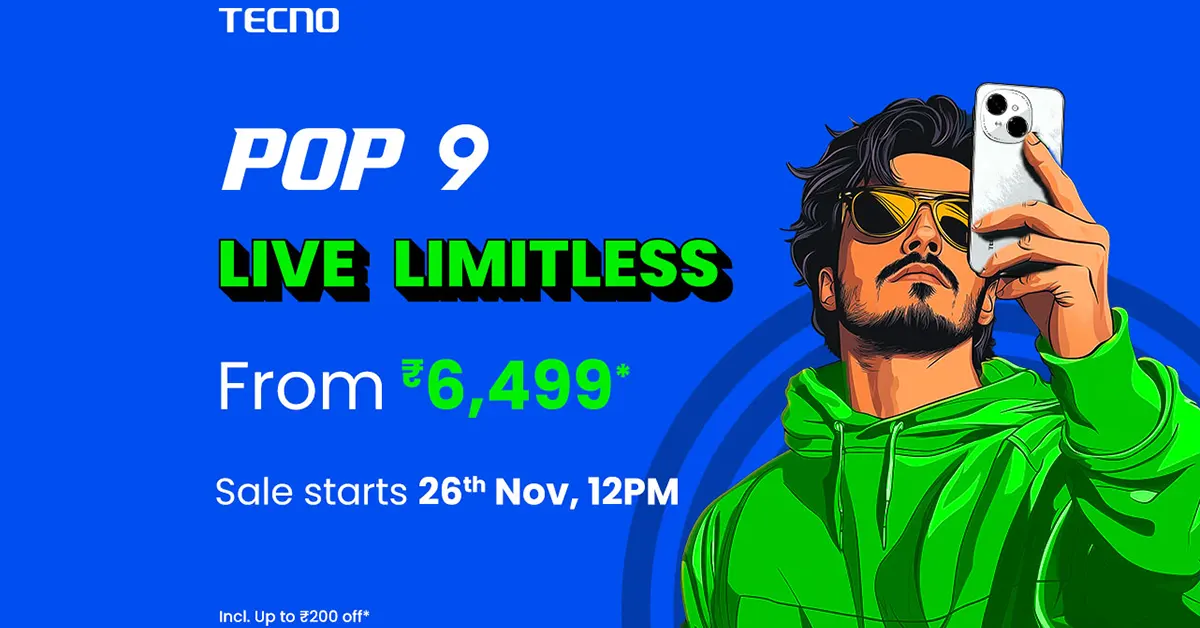


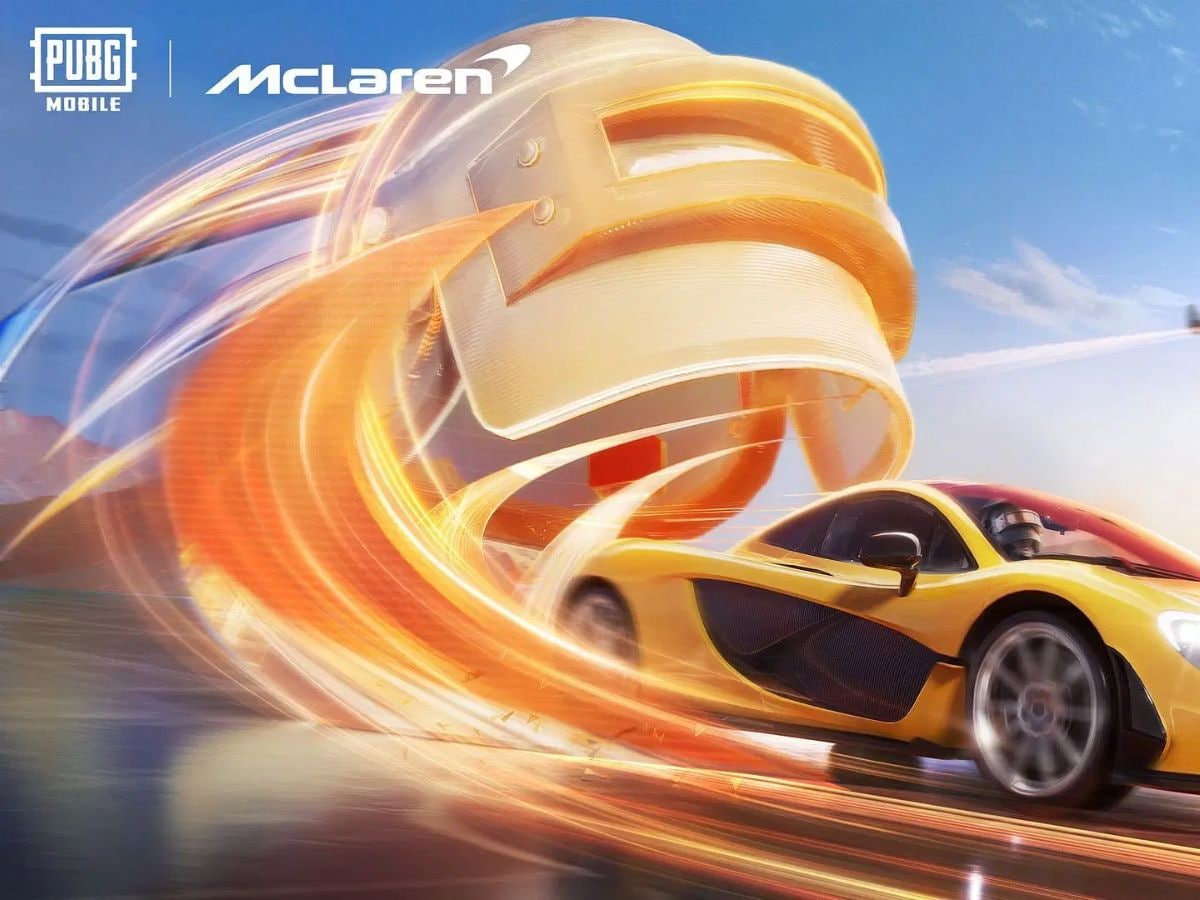








 English (US) ·
English (US) ·